Part B: Diffusion Models from Scratch
Visualizing Noising Processes
We are using MNIST digits as our training/testing data for this denoiser. A noisy image is generated from a clean image by adding noise at different strengths. This is how the noise looks at different strengths.
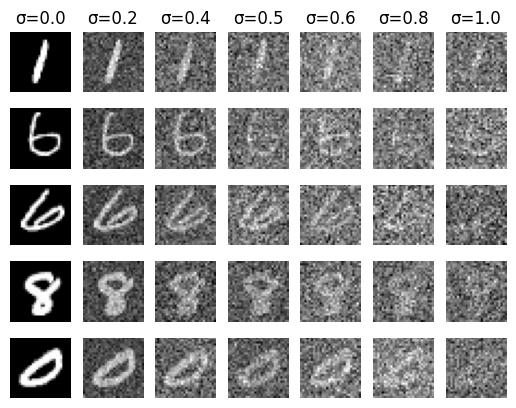
Single-Step Denoising UNet
I first built a one-step denoiser, which optimizes over L2 loss. Below is the architecture.
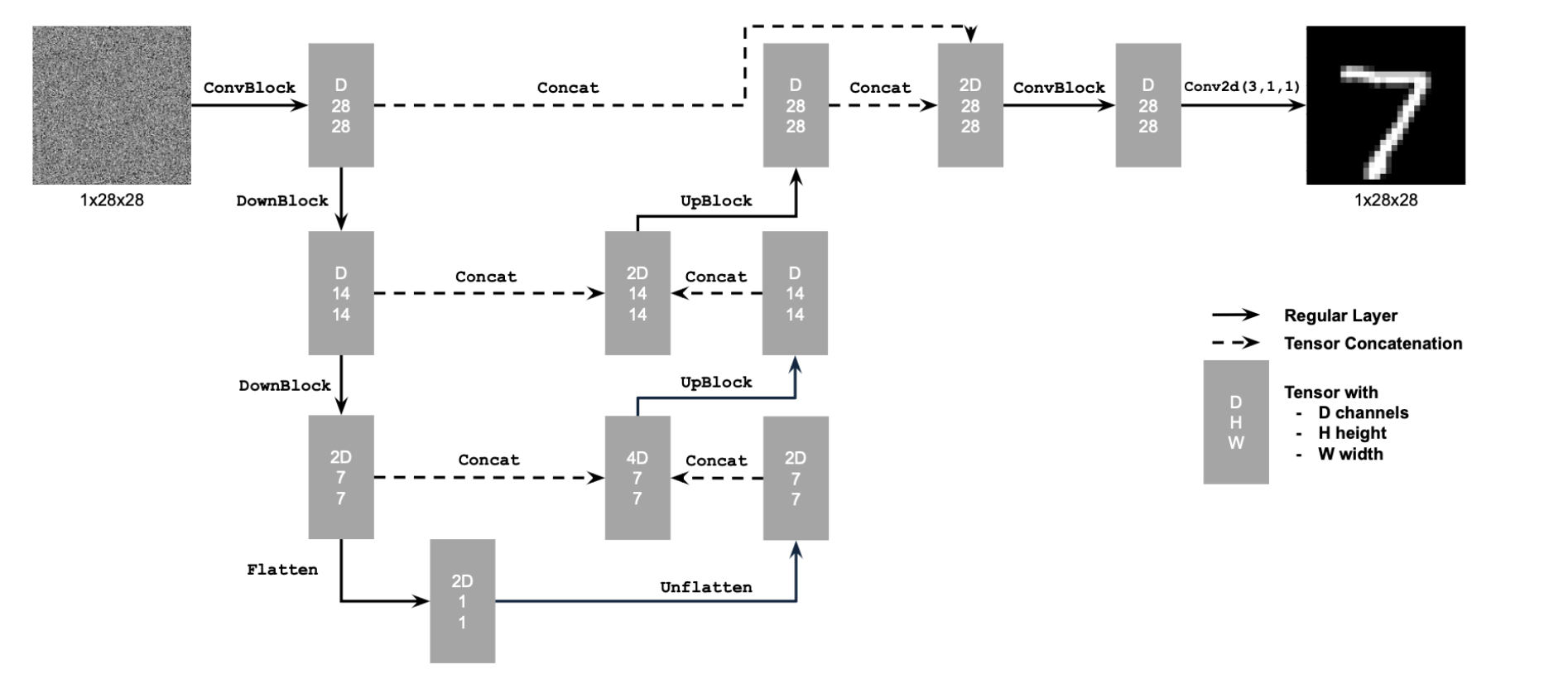
I trained this denoiser to denoise a noisy image with σ=0.5, with a batch size of 256 and hidden dimension D=128. I used an Adam optimizer with a learning rate of 1e-4. The model was trained over 5 epochs.
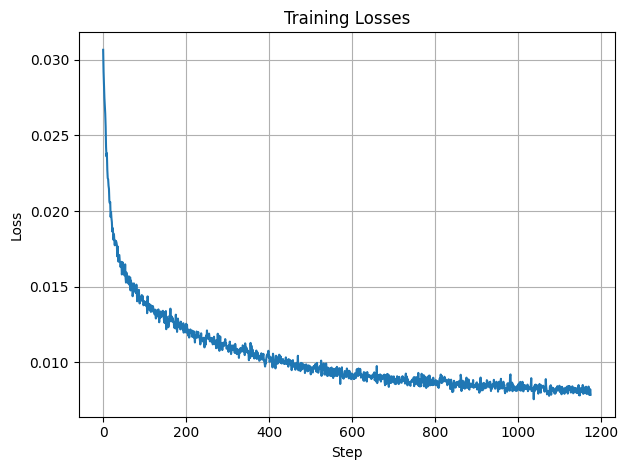
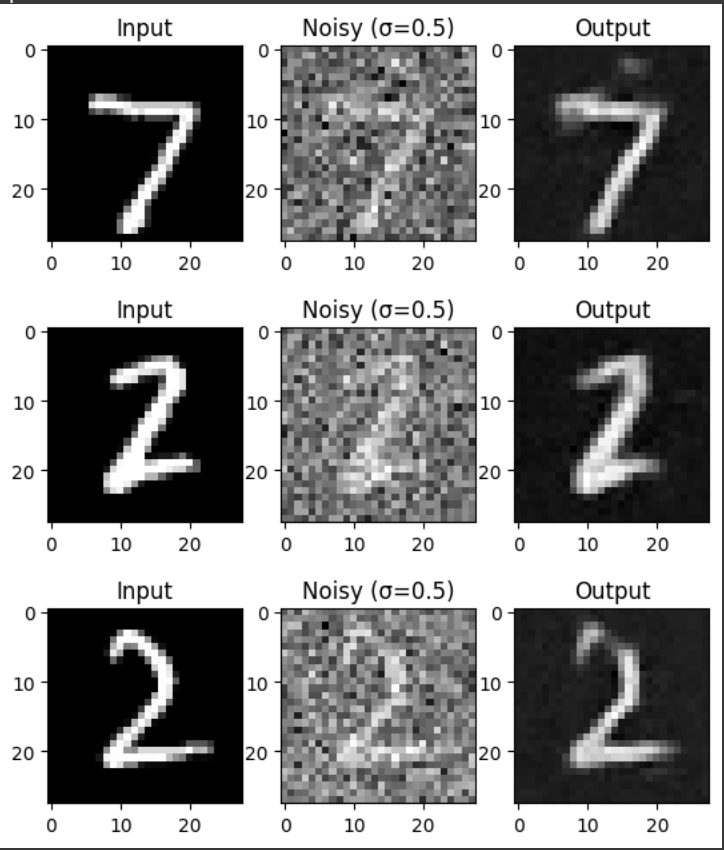
Epoch 1
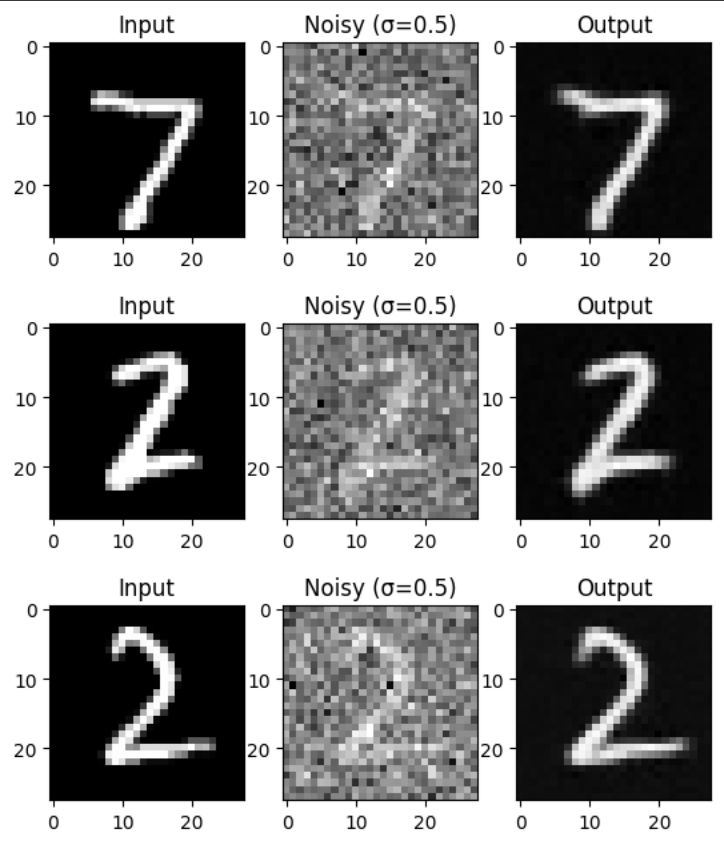
Epoch 5
Below is how the denoiser performs on different σ values.
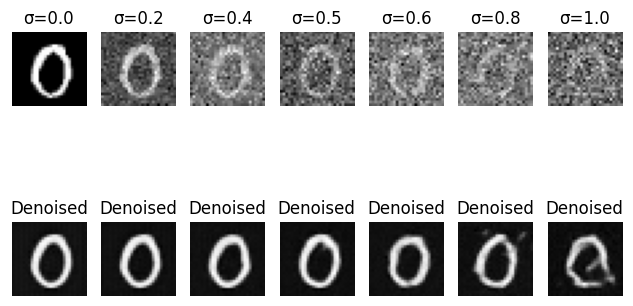
DDPM
Time-Conditioned UNet
The time conditioned UNet injects a scalar t into the UNet architecture.
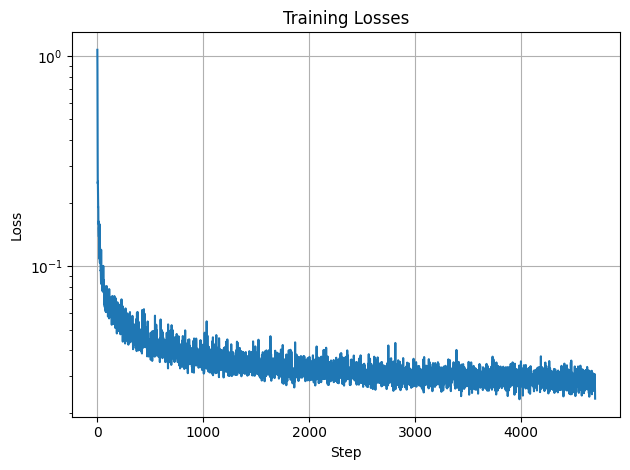
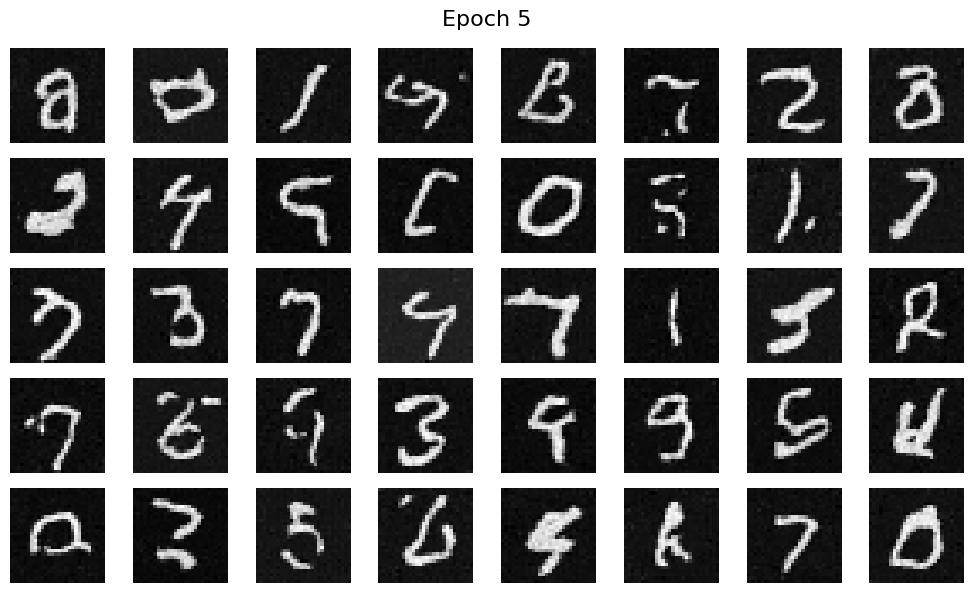
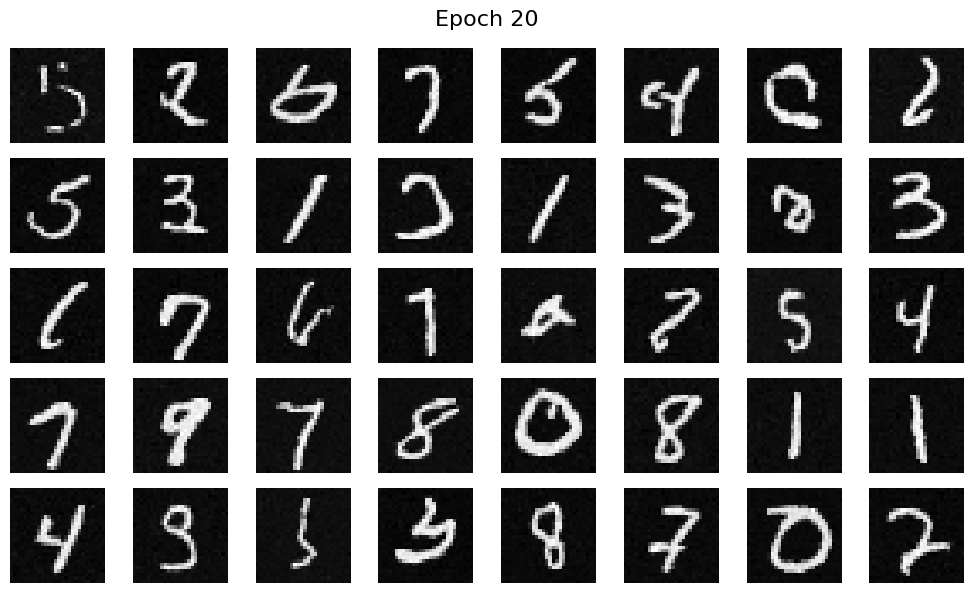
Class-Conditioned UNet
The class conditioning also adds a class-conditioning vector c.
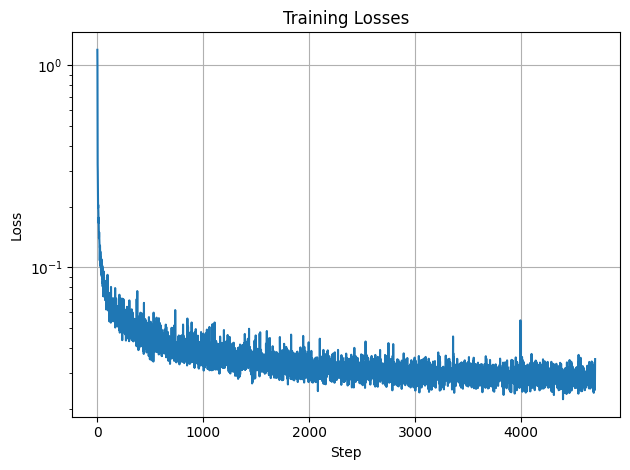
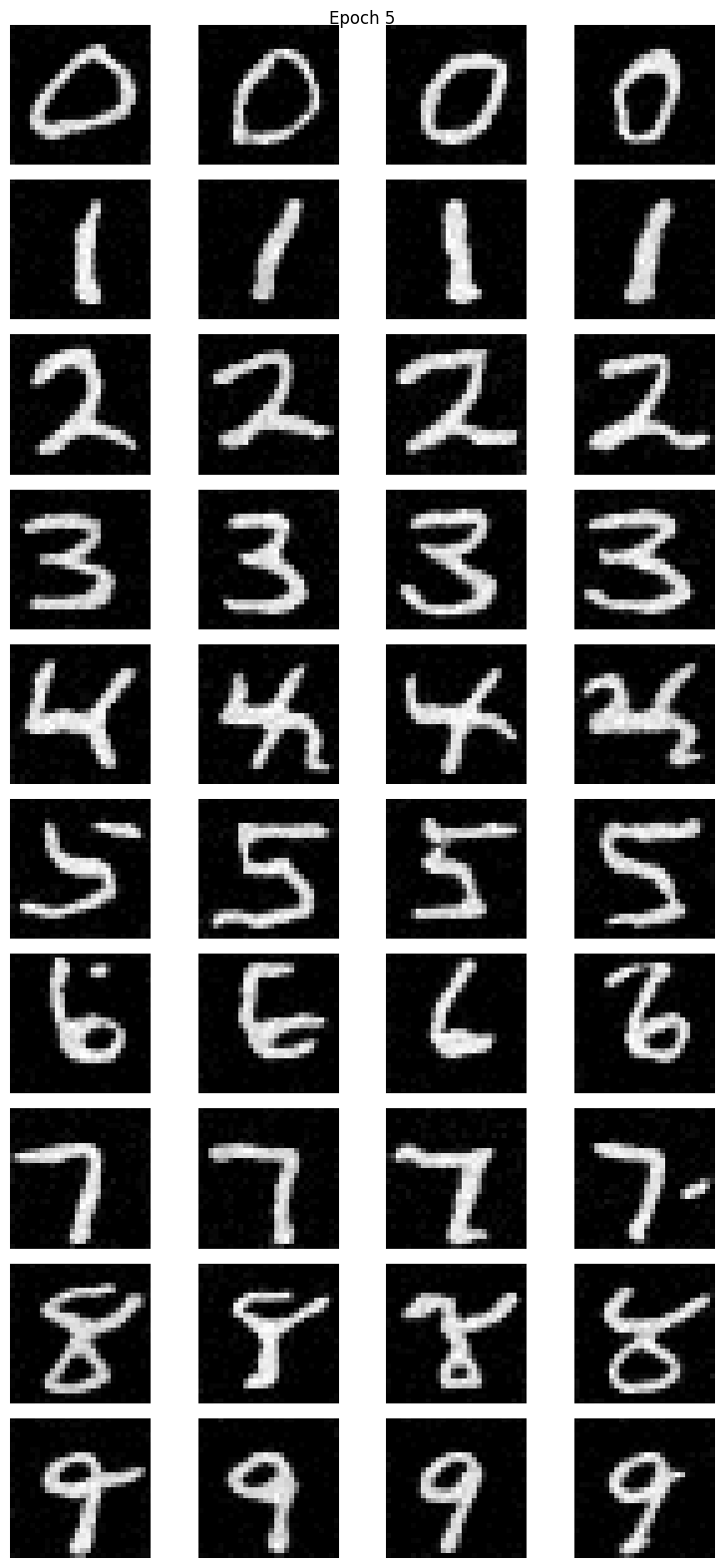
Epoch 5
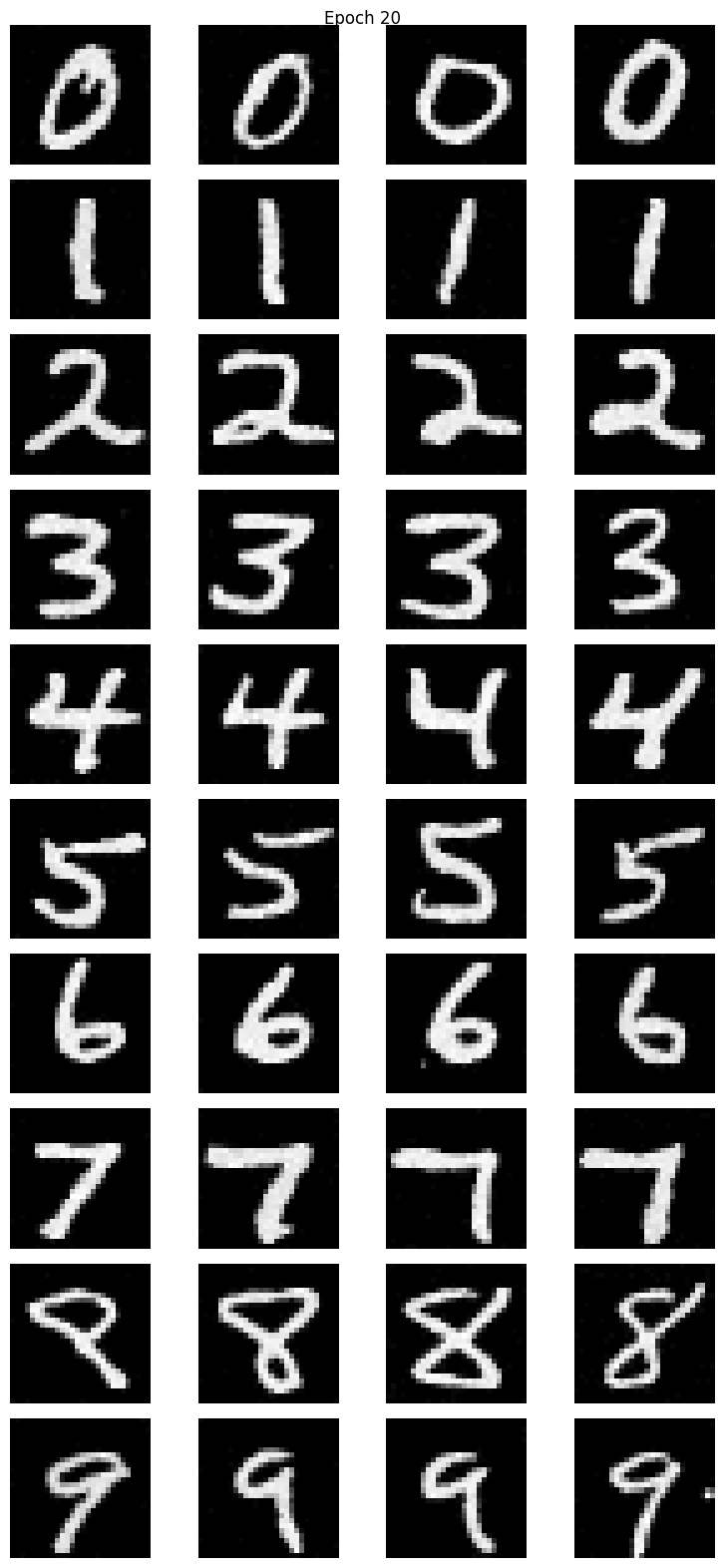
Epoch 20